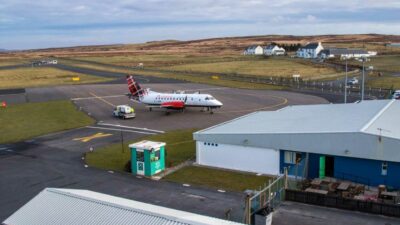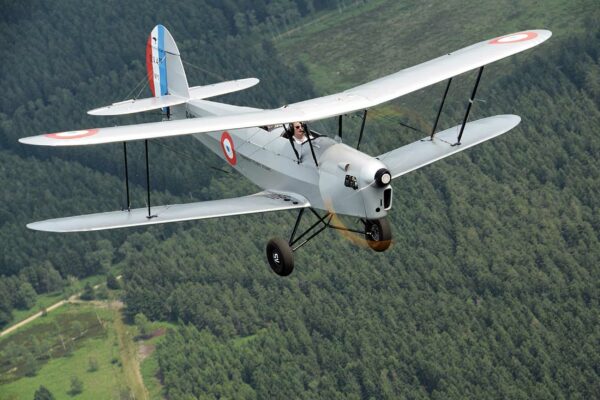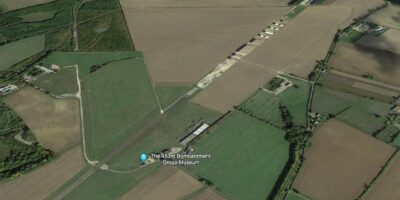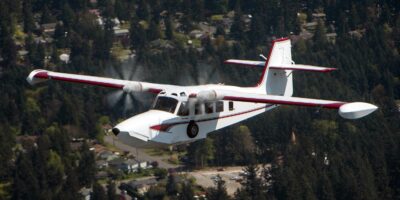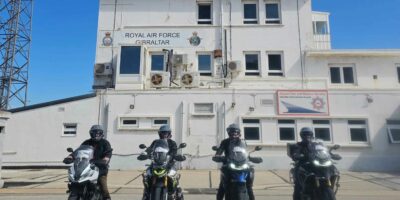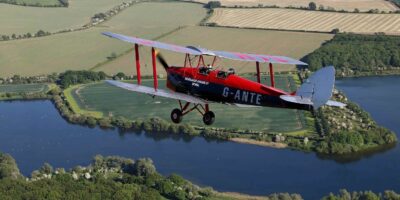The CAA has released details of the consultation over Phase Two of its plans “to expand further the use of Mode S on aircraft operating in UK airspace.”
Phase One of the implementation comes in at the end of March, when “the use of Mode S technology will be required within all UK airspace where transponders are mandatory.”
Phase Two would come in next year. The Phase Two proposals do not, says the CAA, “require that all aircraft should carry Mode S transponders in all UK airspace but concentrate on four priority options that the CAA considers should be adopted in the UK:
“1. Mandate the carriage and operation of Mode S Transponders on all aircraft operating within controlled airspace. The aim is to create an environment where the position and altitude of all aircraft within controlled airspace is ‘known’ to ATC and anti-collision safety systems.
“2. Implement a formal process to support applications for ‘Transponder Mandatory Zones’ (TMZs) outside controlled airspace. The CAA already has the regulatory authority to introduce these zones but, to date, this has been used only sparingly. However, it is considered likely that more TMZs will have to be established in future to address pressing risks, such as airspace infringements.
“3. Include gliders in the SSR transponder carriage regulations. Gliders are not currently technically interoperable with ATC radars or SSR based anti-collision safety systems.
“4. Mandate the carriage and operation of Mode S Transponders on all powered aircraft conducting international flights. The UK would need to adopt this requirement to comply with international standards.”
These four options could be implemented individually or in combination, says the CAA, depending on the outcome of the consultation.
The CAA appears eager to emphasise that it is taking GA into account in the proposals. There needs to be a phased introduction of the regulations to meet concerns about the cost and technical difficulties of rule changes.
“None of the proposals are specifically designed to accommodate an increase in the amount of commercial aircraft operating in Class G airspace and the measures are not linked to airspace charging or radio carriage. The CAA policies in these areas remain the same. Furthermore, GA aircraft that cannot equip with Mode S transponders by 31 March 2009 will not be ‘grounded’. However, aircraft that are not equipped with transponders may find it difficult to get ATC clearance to enter certain airspace.”
The consultation closes on 31 May 2008; you can read the consultation documents and everything else you need at <a href=’http://www.caa.co.uk/consultations’ target=’_blank’>www.caa.co.uk/consultations</a>.





